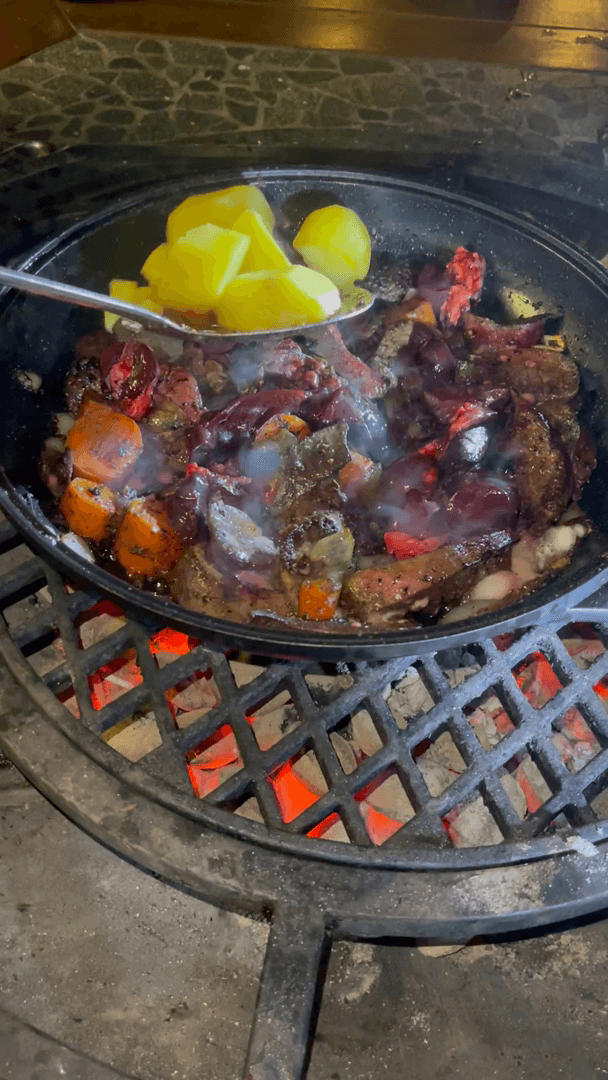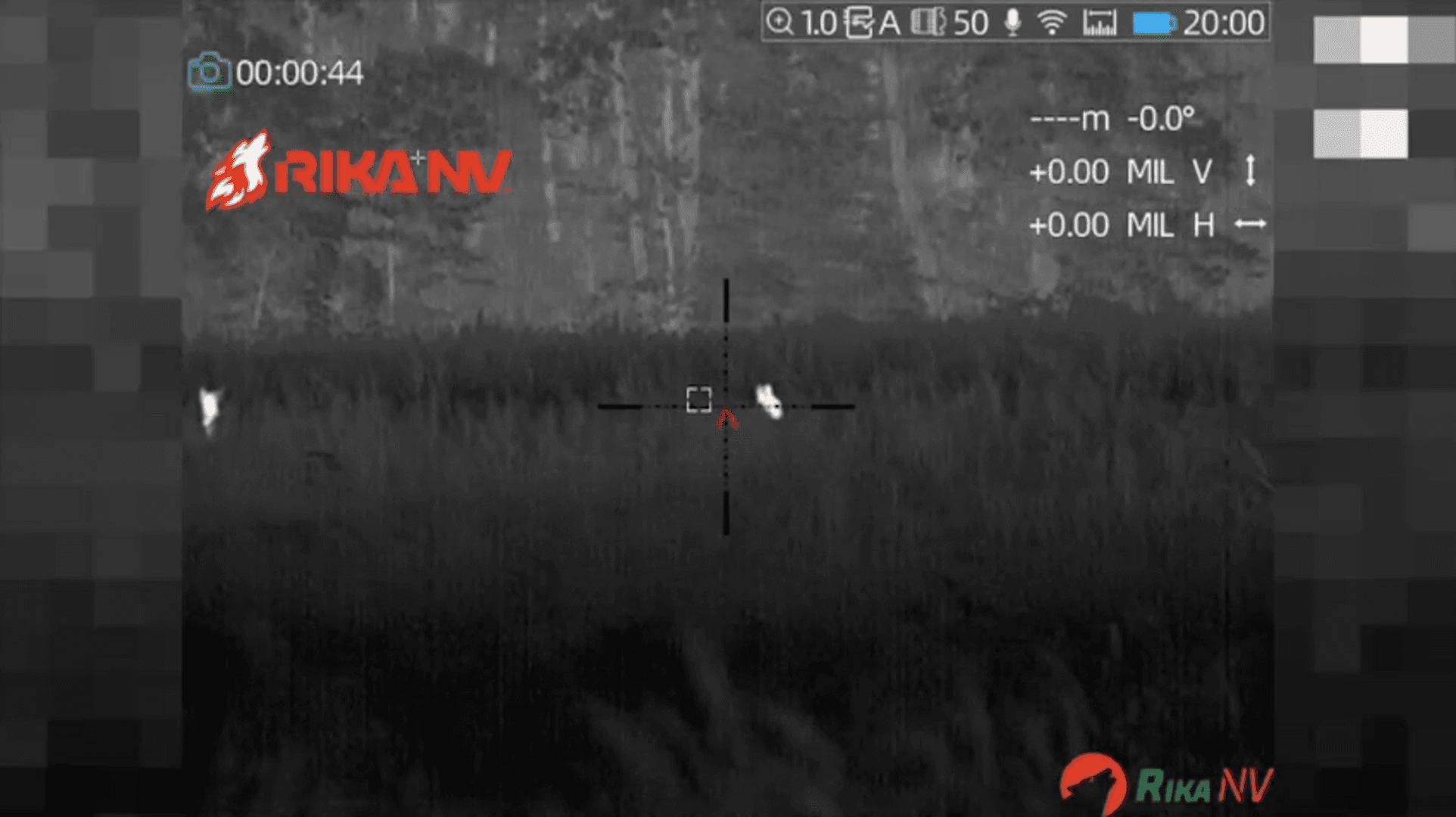
HUNTING SEASONS IN SASKATCHEWAN, CANADA 2025–26: Big Game and Small Game, Licenses, and Regulations Guide Plan your 2025–26 Saskatchewan hunt with our province-by-province guide—season dates, bag limits, licenses, bow & rifle rules, and key game species: Whitetail Deer, Moose, Ducks and more. Saskatchewan’s expansive prairie grasslands, parkland forests and boreal woodlands support some of Canada’s largest whitetail deer herds, robust moose and elk populations, and world-class waterfowl staging areas. Across 39 Wildlife Management Units (WMUs), hunters pursue archery and rifle deer seasons, limited-draw moose and elk tag hunts, and spring/fall duck excursions—governed by Saskatchewan Ministry of Environment regulations. Prepare an ethical, compliant hunt with exact season windows, bag limits and WMU-specific requirements for 2025–26. What Is There to Hunt in Saskatchewan? Big Game: Whitetail deer, mule deer, moose, elk, pronghorn antelope Small Game & Upland Birds: Sharp-tailed gro
Post: 31 July 07:12















































